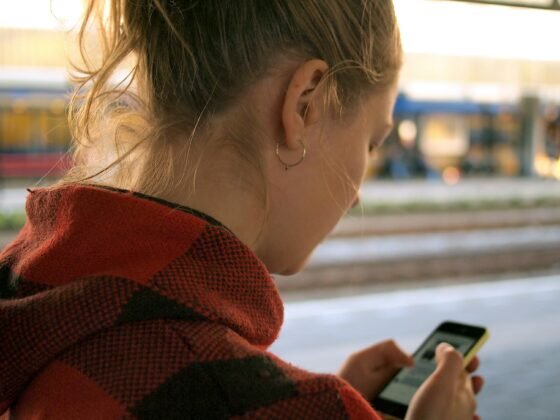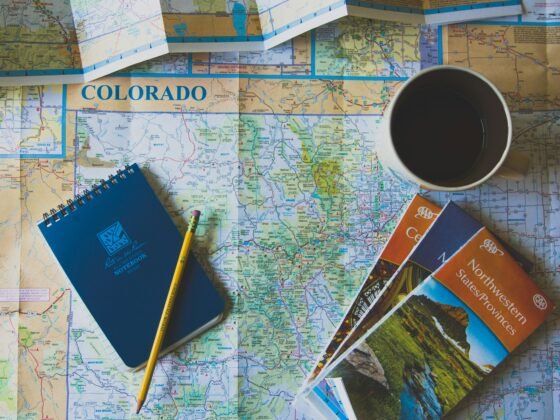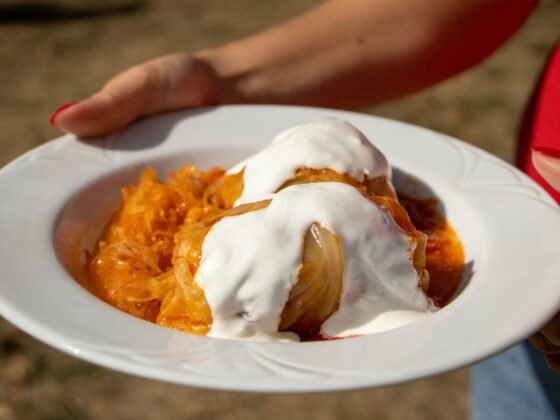Country Information
LANGUAGE – English is the official language- another language that is also commonly spoken is Gaelic.
CURRENCY – Pound Sterling
TIME ZONE – An hour behind Italy, Spain, Germany
DOCUMENTS – Identity card or valid passport (if European).
HEALTH WARNINGS AND PRECAUTIONS – No particular warning.
Getting there
The fastest way to get to Edinburgh is by plane. The airport is about ten kilometers from the city, well connected to the center by shuttle and taxis. Among the low cost airlines that fly to Scotland are: EasyJet, Jet2 and Ryanair. Departures from Rome, Milan, Madrid, Paris, Athens etc.
Best time to go
Edinburgh’s climate is extremely variable. It can be said that the best months to visit are between May and September, when the daylight hours increase and the temperatures are milder.
What to see in Edinburgh
Edinburgh is the capital of Scotland. Princes Street divides the city in two, Old Town and New Town; both declared a World Heritage Site by UNESCO. The first zone maintains its medieval structure and is built around the Royal Mile. The “new” area is characterised by the Georgian style, with perpendicular streets and squares like St Andrew Square and Charlotte Square.
Edinburgh Castle was built in 850 BC, is called Eidyn Din (Edyn Fortress) and stands on a hill of volcanic origin and is one of the most famous attractions in the UK. Inside, there is a collection of the Crown Jewels, which is well worth the visit just to enjoy the view from the castle ramparts. A curiosity: at 13:00 (daily except Sunday) the cannon of the Castle fires blanks. This custom is the One o’clock gun.
One of the most important churches is the Gothic St Giles Cathedral, the Cathedral of Edinburgh, famous for stained-glass windows. To see, at its core, the Thistle Chapel, home of the Scottish order of chivalry, the Order of the Thistle (Parliament Square). The British royal family have a villa there too: it is called Holyrood House.
Among the museums you can visit the National Gallery of Scotland, in a neoclassical building. Among the masterpieces preserved there are works by Canova, Titian and Raphael. The National Museum of Scotland, built on the edge of the Old Town, traces the history of Scotland, from its origins to the twentieth century. In the Scottish National Portrait Gallery, where there are portraits of its most illustrious nobles, philosophers and real paintings by Dali, Picasso and Matisse.
Edinburgh has been home to writers and philosophers in every age: the “Writers Museum” is proof and pays tribute to the three lights of Scottish literature, Burns, Scott and Stevenson. Memorabilia, manuscripts and objects illustrate their lives while, outside the museum, there are some famous quotes engraved on stone slabs such as those at Lady Stairs Close. More than a museum, it is a must if you are visiting Edinburgh for the first time: the Scotch Whisky Heritage Centre, which showcases the history of whiskey, which is considered the national beverage.
The best places to visit in the country
Without going too far, Arthurs Seat is a walk on the old volcano that leads to the top of the hill overlooking Edinburgh. The best time to “climb” the 251 meters is at sunset. Bring good shoes because the trail can be slippery and a windbreaker in case of rain. Inchcolm Abbey is a medieval abbey, built on an island accessible only by boat. The island is uninhabited and is attractive because it is easy to spot seals. Craigmillar Castle is not often included in the sightseeing tours but is well worth the journey. Hopetoun House (South Queensferry) is one of the most beautiful stately homes in Scotland. Today it is used as a location for events and weddings thanks to the beautiful gardens of the Villa.
Where to Sleep
Edinburgh is surprisingly expensive for tourists, because it is relatively small so with little choice for accommodation. Finding a hotel in a good location is not difficult, since most are located near the Royal Mile, the harder it is to find one with a view of the magnificent Castle at affordable prices.
The Point Hotel is a good choice: the rooms are very spacious (especially the ones with a “castle view”), a breakfast buffet is normally included in the price and the location is great, within walking distance from the beautiful Old Town.
Alternatively, if you want to get a feel for the real Edinburgh, then you could try something a bit different by renting a holiday apartment instead of checking into hotel. There are plenty of sites such as gowithoh that provide self catered apartments right in the heart of Edinburgh, which allow you to experience living life amongst the locals.
Festivals and Events
Edinburgh has earned the nickname “City of Festivals.” One of the most famous is the Edinburgh Fringe Festival – every year, it is held throughout August: theatre, cinema, music have enlivened the city since 1947. The Military Tattoo each August is a collection of military parades and shows of bagpipes and is hosted on the Esplanade of the Castle. Also in August is the Edinburgh International Film Festival. In contrast to many film festivals, the Scottish holds the record for the largest number of films shown without interruption. In addition to the film, even short films, music videos and documentaries hold the same rhythm. Another cult event is the Edinburgh International Book Festival, also held in August, in Charlotte Square Gardens. For music lovers, the International Jazz & Blues Festival (July and August) is a must. Do not miss the New Year Scottish Hogmanay, with a party that lasts four days and nights without interruption.
What to Pack
At all times of the year a raincoat is recommended. Showers can be sudden and unpredictable, so don’t get caught out. In addition to showers, its always often breezy owing to the exposed location, so dress in warm layers.
What to Eat
The Scottish cuisine is simple and genuine. In particular the meat served is from Aberdeen Angus cows and Highland venison. The fish is abundant, of excellent quality and always fresh: lobster, shrimp and oysters are cooked in the best restaurants in Edinburgh. Among the soups try the Scotch broth, a broth of barley, vegetables and mutton and the porridge, made with oatmeal and cream.
Speaking of drinks, you cannot fail to mention the Scotch whiskey (malt, grain and blended), distilled for centuries. Originally it was a way not to waste the barley soaked in rain after a harvest gone bad. Today is one of the major sources of income of the country.
What to Buy
Located in central Edinburgh there are many shops for all budgets: the Jenners Department Store (48 Princes Street) is the most famous and one of the oldest in the world, among the souvenirs; jewellery and a Celtic kilt, the garment symbol of Scotland.
Further reading on Edinburgh
Trainspotting by Irvine Welsh – first successful novel of the Scottish writer who chronicles the lives of a group of drug addicts of Edinburgh at the end of the eighties.












